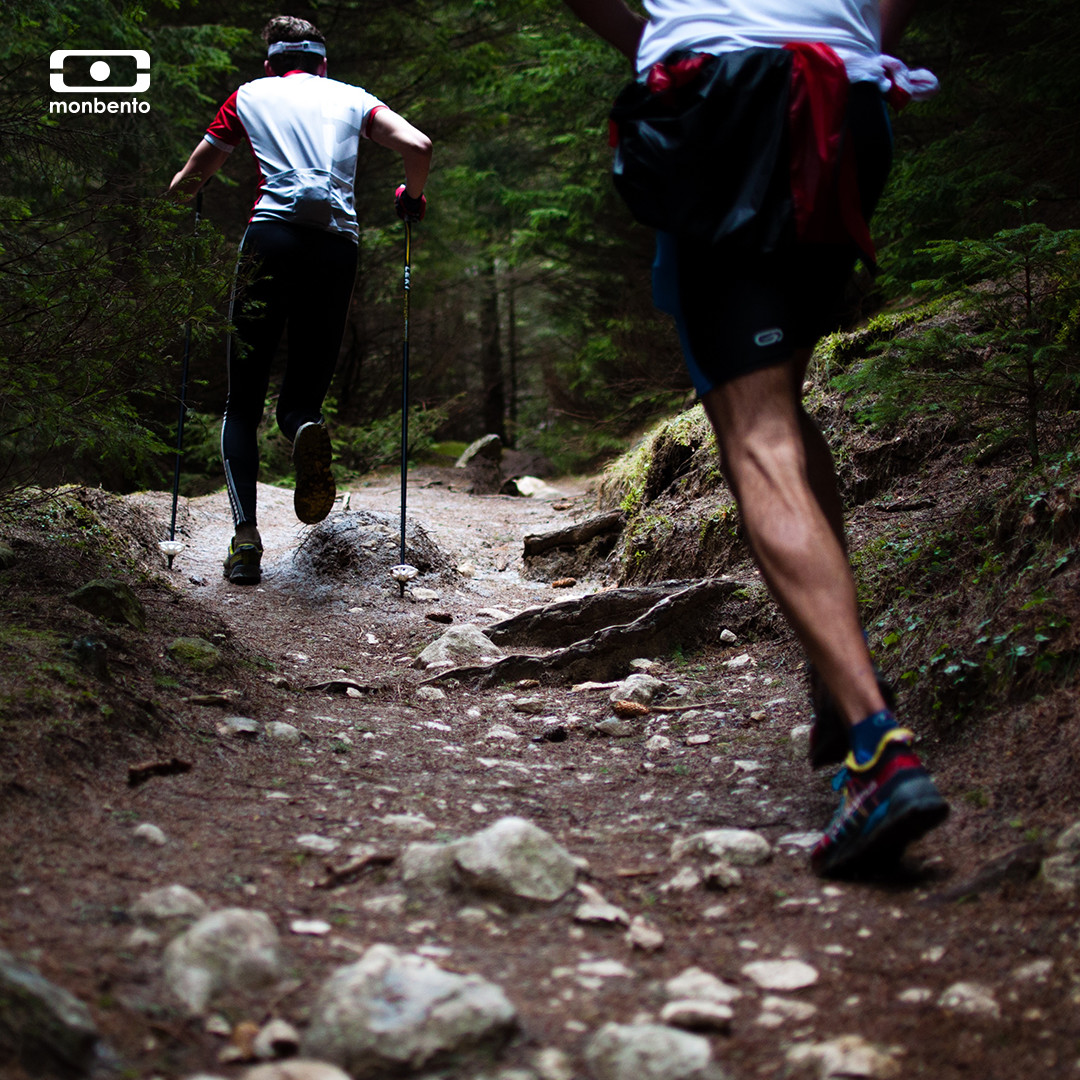
Winter is coming… and along with it all the little discomforts: shorter days, colder temperatures… This is why it is important to keep in mind some dos and don’ts to protect your body and keep your muscles safe.
Most of the wounds come from a bad adjustment of the body to the constraints imposed. The human body shows exceptional resilience but needs time to develop its capacities, to adapt fully to a new activity.
A careful training that considers the mechanical stress imposed to our body structures is the best way to avoid wounds durably.

So here is a short list of precious advices to enjoy running without risk (inspired and quoted from www.lacliniqueducoureur.com):
1) Be well supported
For a runner, whether he is a high performance athlete or an occasional jogger, medical and sport assistance should be done by a competent, specialized and understanding health care professional. For these reasons, do not accept recommendations from a health care professional who does not practice running.
2) Remain gradual
Every new stimulus has to be progressively integrated. Adjust gradually to each of the following parameters: volume, intensity, slopes, surface, change of footwear.
3) Practise off-road
Flat surfaces impose a consistency of movement at each stride, so a bad gesture or biomechanical defects would be repeated endlessly; whereas off-road offers a wide variety of accommodating movements in the lower body.
4) Warm up
Begin your training with ten minutes at low intensity to increase your body temperature steadily and wake softly the musculo-tendinious structures. If you consider a more intense training session, finish your warm up with a ballistic stretching (knee jump, heel to bottom, legs straight, etc).
5) Vary
If you’re injured, complete rest is not the best treatment. A physical “transfer” activity with no mechanical constraint is recommended as soon as possible. Strengthening your cardiovascular system while resting the injured structure is the key for a successful come back!
6) Eat well
We are what we eat! Everything we put in our mouths contributes to our body’s health. Quality, variety, balance are the key words for an athlete’s nutrition. Pleasure, positive attitude, good life habits have a direct influence on us and on our wounds via our complex physiological systems (hormone, nervous system, etc). « Governing is planning! » Without being authoritarian (it’s not my intent), it is good to prepare your homemade meal and your lunch box for the day after to make sure of the fuel you put in your engine. Your resistance to winter conditions will depend on the quality you put on your plate…
This is a non-exhaustive list obviously. According to me, the optimization of the time dedicated to practice is one of the pillars of a clever and fulfilling training.
Thomas Lorblanchet
